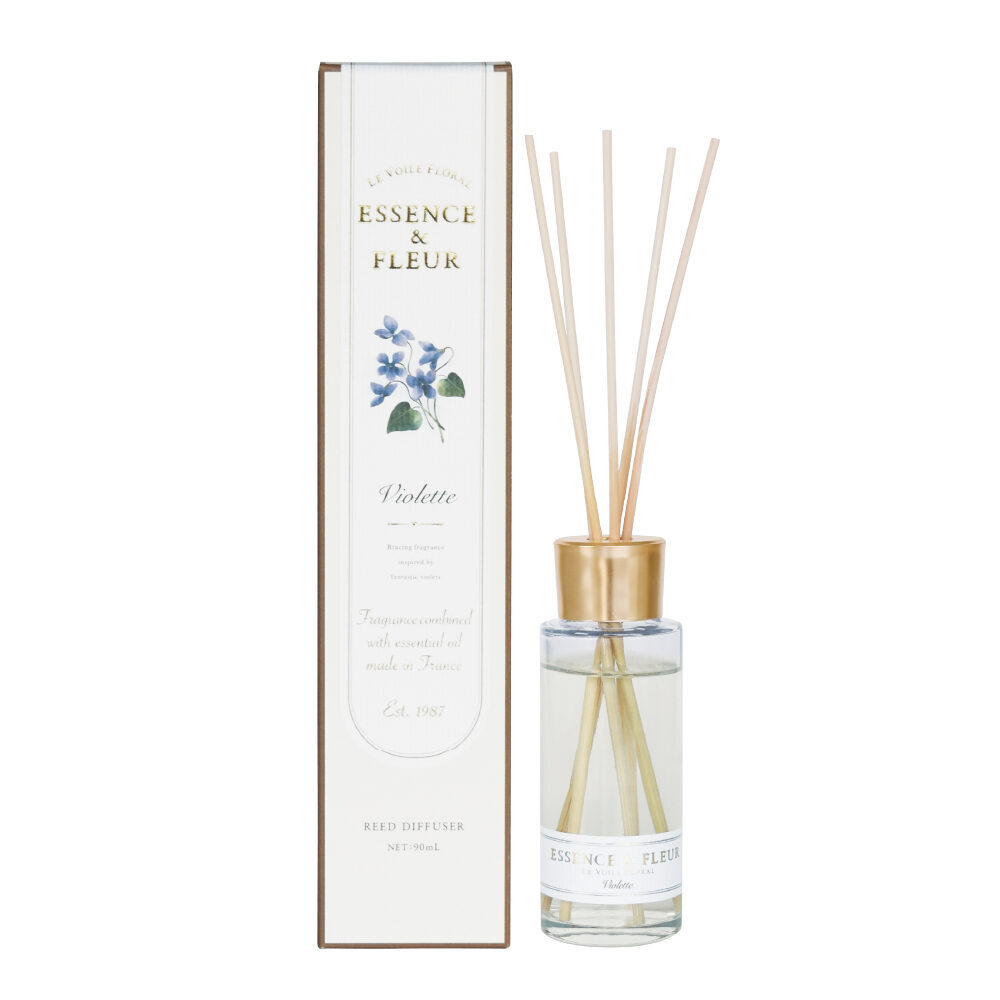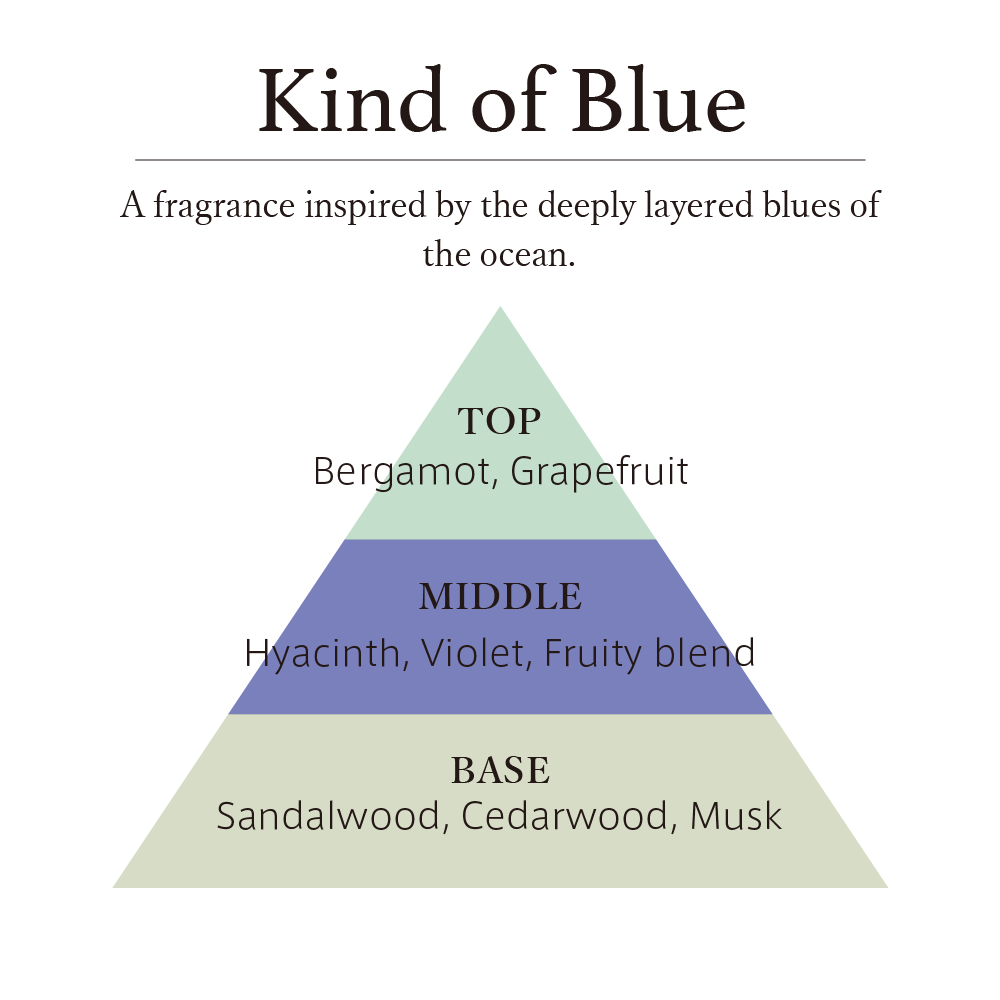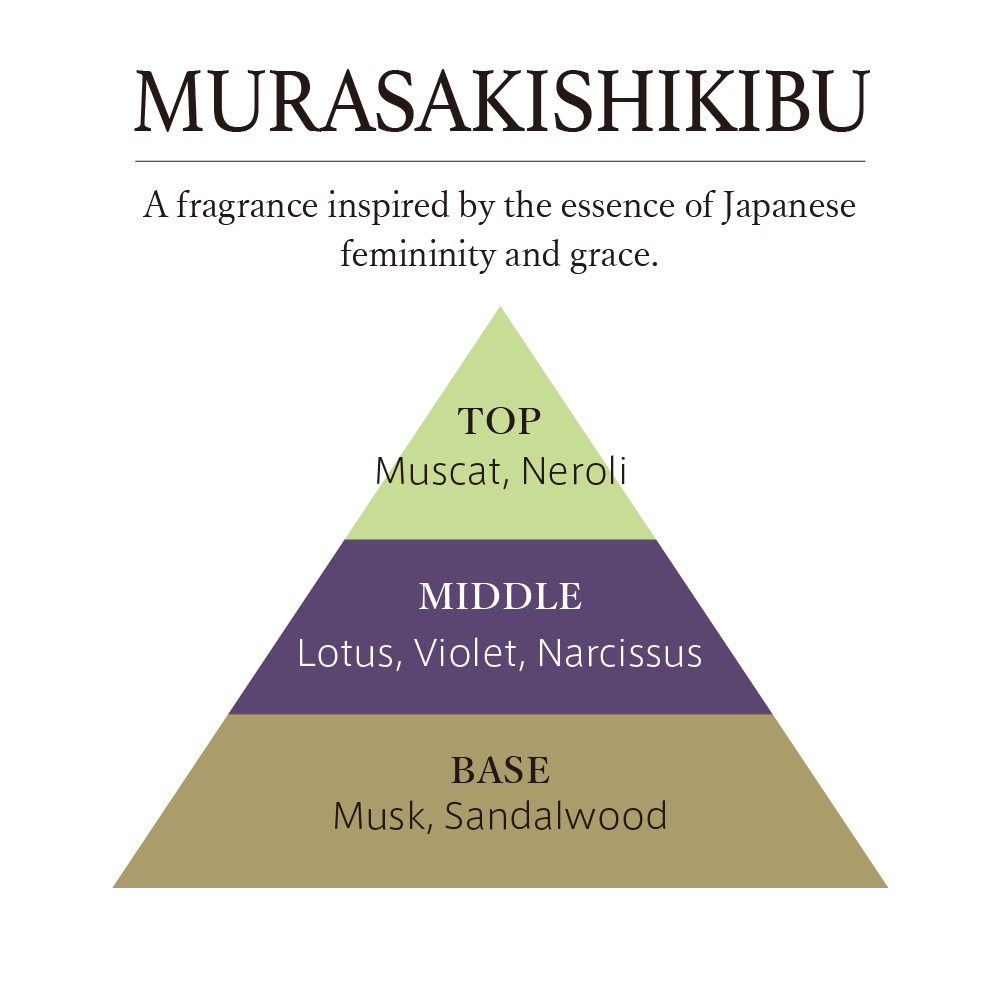Hello everyone,
FRAGRANCE LAB.BLOG, brought to you by fragrance manufacturer ART LAB., is back with another installment.
Continuing the conversation about fragrances of fascinating flowers from the 9th issue, we will talk about the fragrance of “Violet” as ESSENCE & FLEUR Vol. 4.
Classification of Violet and its fragrance
This flower, called “Sumire” in Japanese, is widely spread from Western Asia to Europe.
In English, it is called “Violet.”
In French, it is called “Violette (correctly the last “tte” is not pronounced),” and the fragrance of this flower, of which there are about 800 varieties, has long been loved in many countries around the world.
Among them, the violet commonly used in perfumes is the “sweet violet” variety.
It is one of the flowers that heralds spring, blooming from March to May, with small, dainty blue-purple petals.
In Japan, it is often seen growing wild in familiar places like edges of sidewalks and under guardrails in season, and its modest, desolate appearance has given it a flower language such as “humble and sincere.”
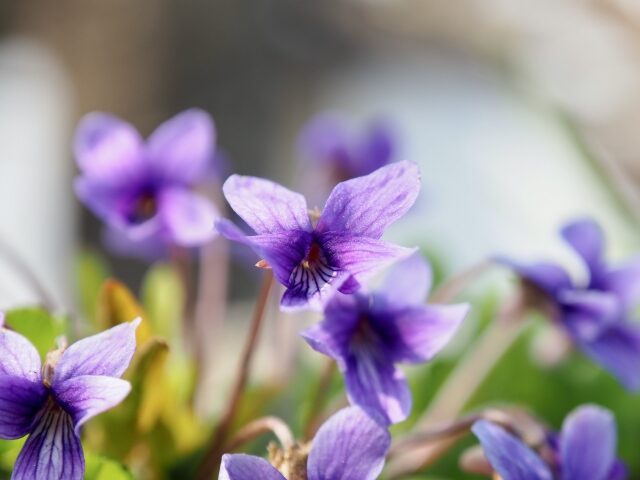
Its fragrance has a refreshing sweetness, but it is so distinctive that it is very difficult to describe.
It is truly one-of-a-kind and irreplaceable fragrance.
Like lavender, it is also said to have a calming and relaxing effect.
Natural and synthetic fragrances
Although the fresh violet flower itself has a strong fragrance, the essential oil (natural fragrance) extracted from the flower is very rare, very precious, and very expensive.
Today, it is rarely used for the exception of a few brands’ perfumes.
“Violet leaf absolute,” which is extracted from the leaves rather than the flowers, is still sold today, but it is characterized by a strong, green scent that is different from the scent of violet flowers.
Because of this background, the development of synthetic fragrances with reminiscent of violet flowers flourished, and fragrances such as “synthetic ionone” were created, and in recent years it has become possible to reproduce the scent of violets at a relatively low cost.
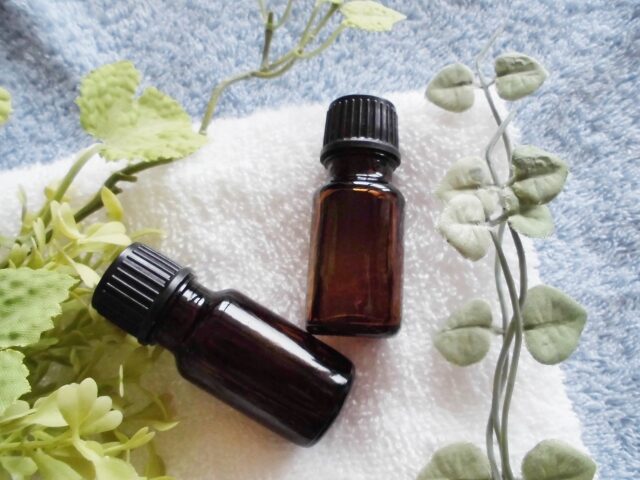
The Flower Loved by the Queen of France
It is well known that Marie Antoinette, the queen of King Louis XVI of France, loved roses, but did you know that she also loved the scent of violets as much as roses.
In particular, during the many years she spent at Petit Trianon, she loved to wear rose and violet perfumes.
At the time, it was technically very difficult to express the scent of violet in perfumes, but her personal perfumer, Jean-Louis Fargeon, was able to recreate the original scent of violet by combining the essential oil of violet flowers and iris.
This Antoinette’s influence, violet became a huge trend throughout France.
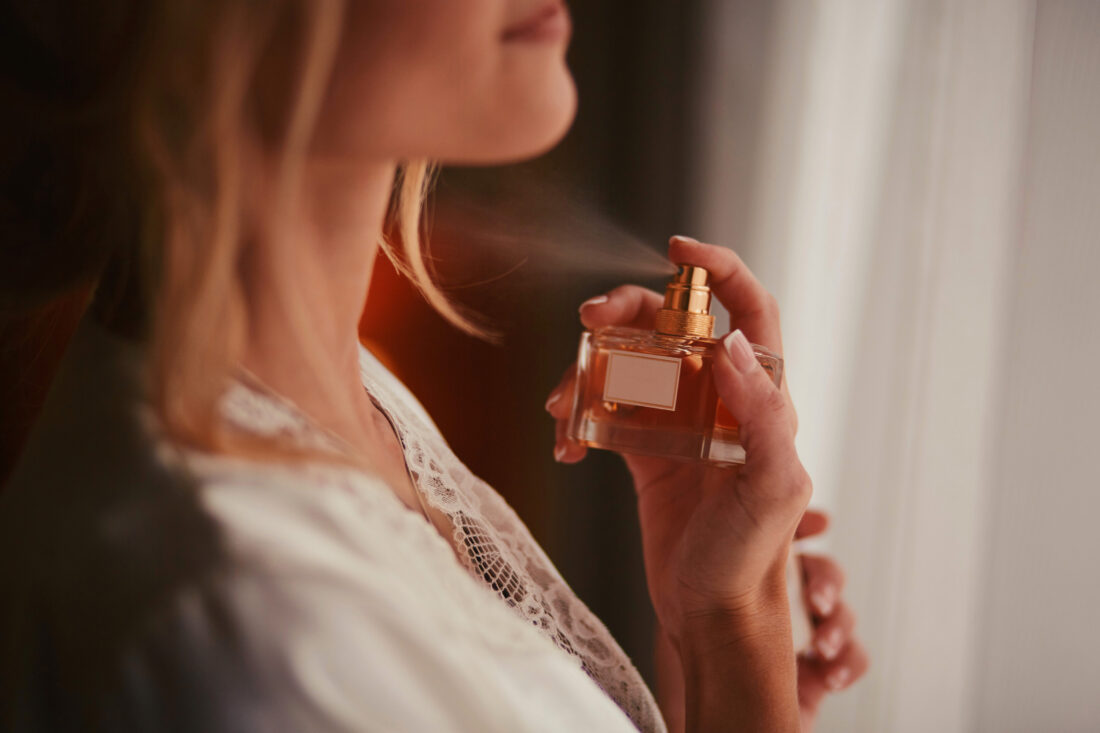
In France, people did not have the custom of taking a bath at that time, so strong-scented perfumes were used to hide body odor.
However, Antoinette, who was from Austria, originally had the custom of taking a bath. Therefore, she probably used perfume to enjoy the fragrances that she liked, not to hide body odor.
It makes us ponder that they enjoyed perfume with the same feelings as ours’ today.
If you get a chance, please take a whiff of this humble and lovely flower loved by the Queen of France.
We also have a fragrance containing violet as a room fragrance below, so if you would like to enjoy it in the place of your choice, please try this one as well.
See you again in the next “FRAGRANCE LAB.BLOG”.

